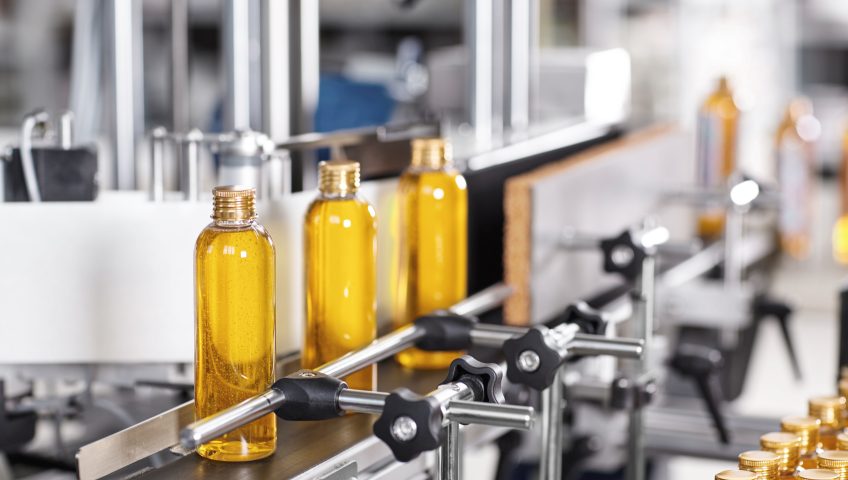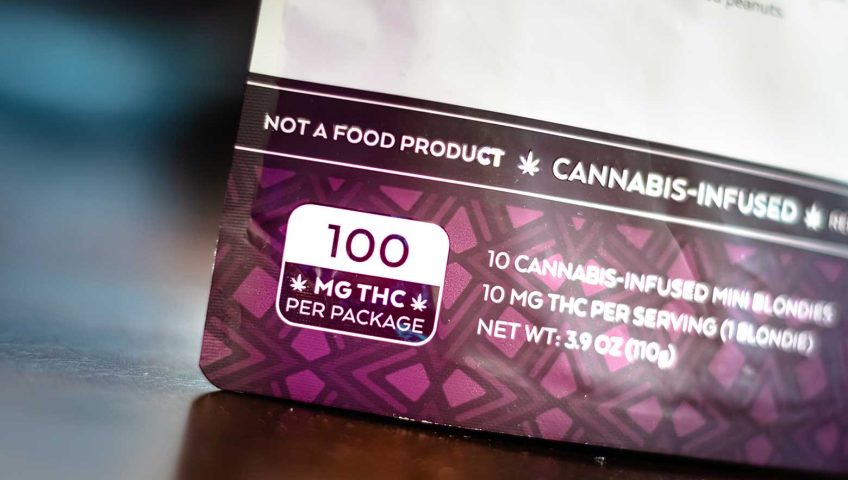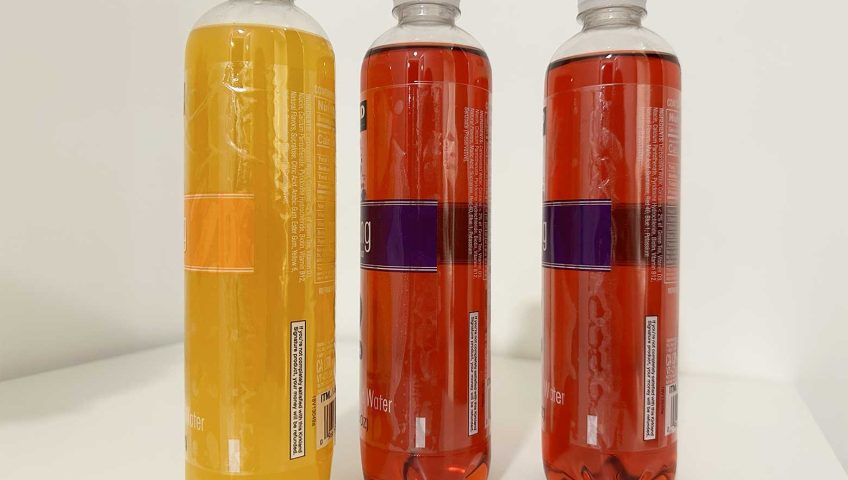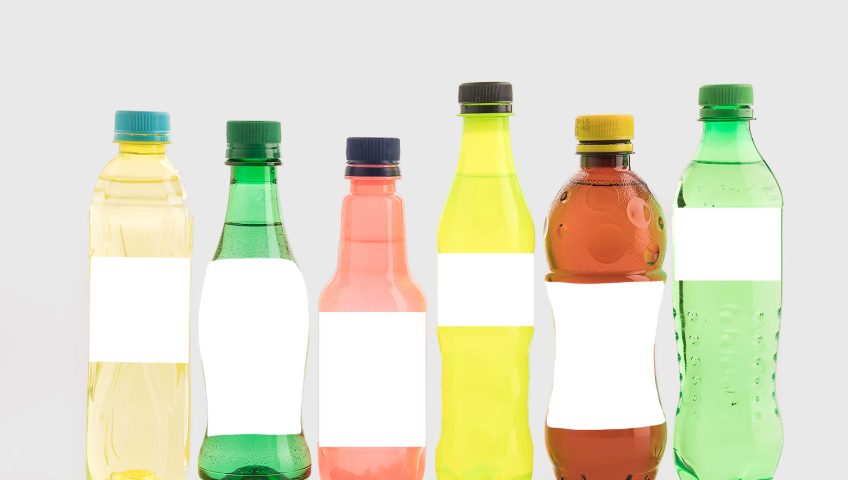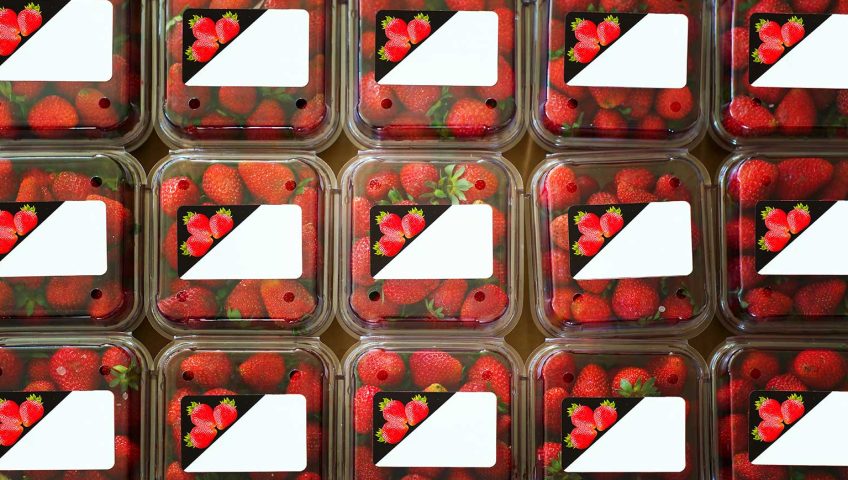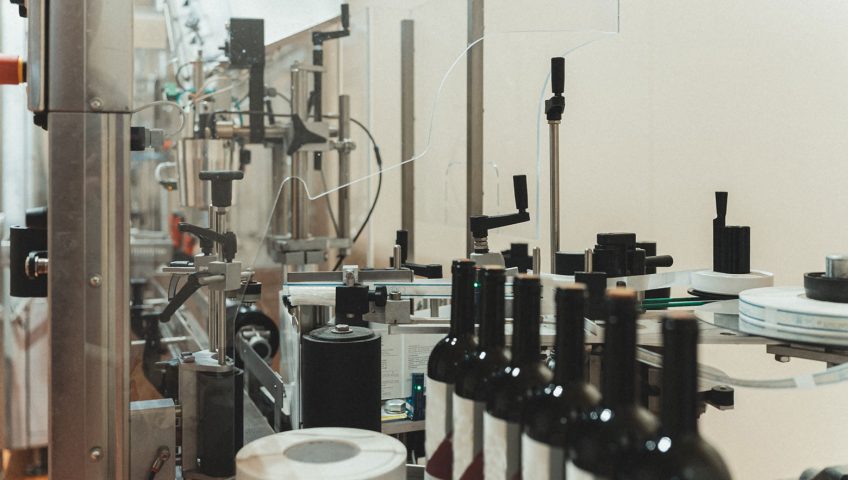
How Fast Are High-Speed Label Applicators?
Exactly how fast is a high-speed label applicator? If you’ve worked around manufacturing, you know that there are always several factors affecting throughput, and your labeling system is no exception. While the applicator itself may be capable of incredible speeds, making sure every label goes on perfectly each time requires slower speeds for quality and stability. From container shape to printing quality, each change you make to your system affects its speed. Read more


